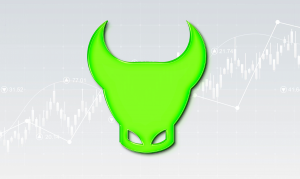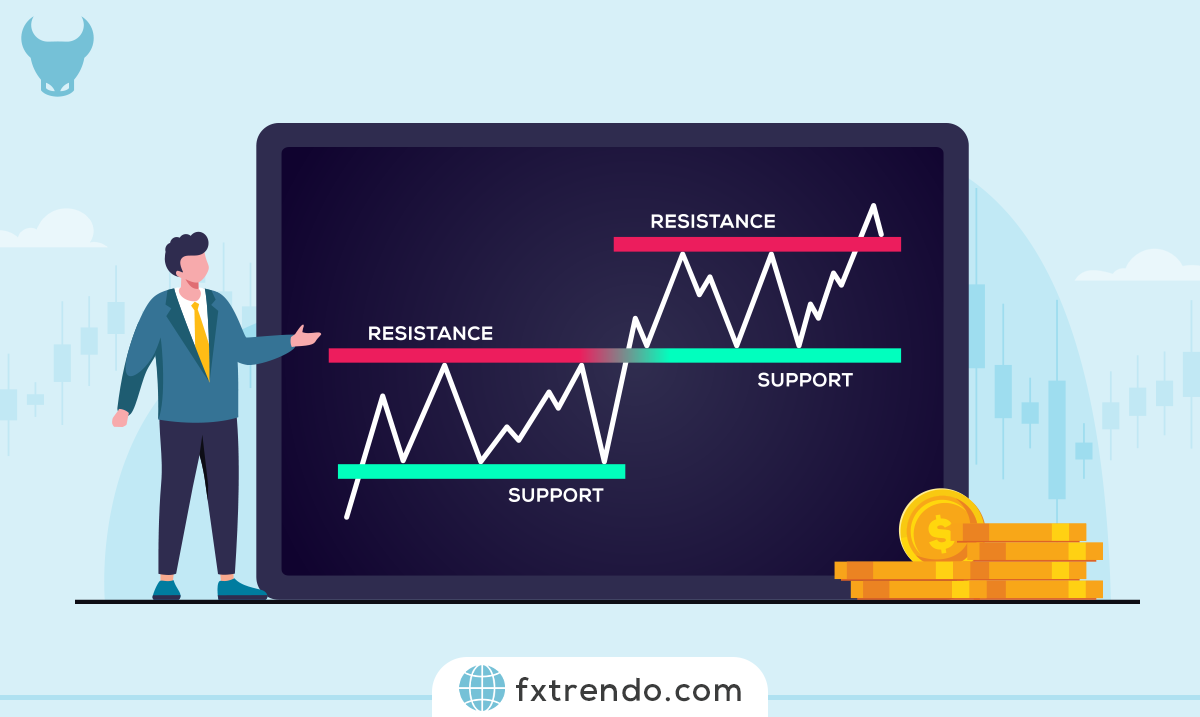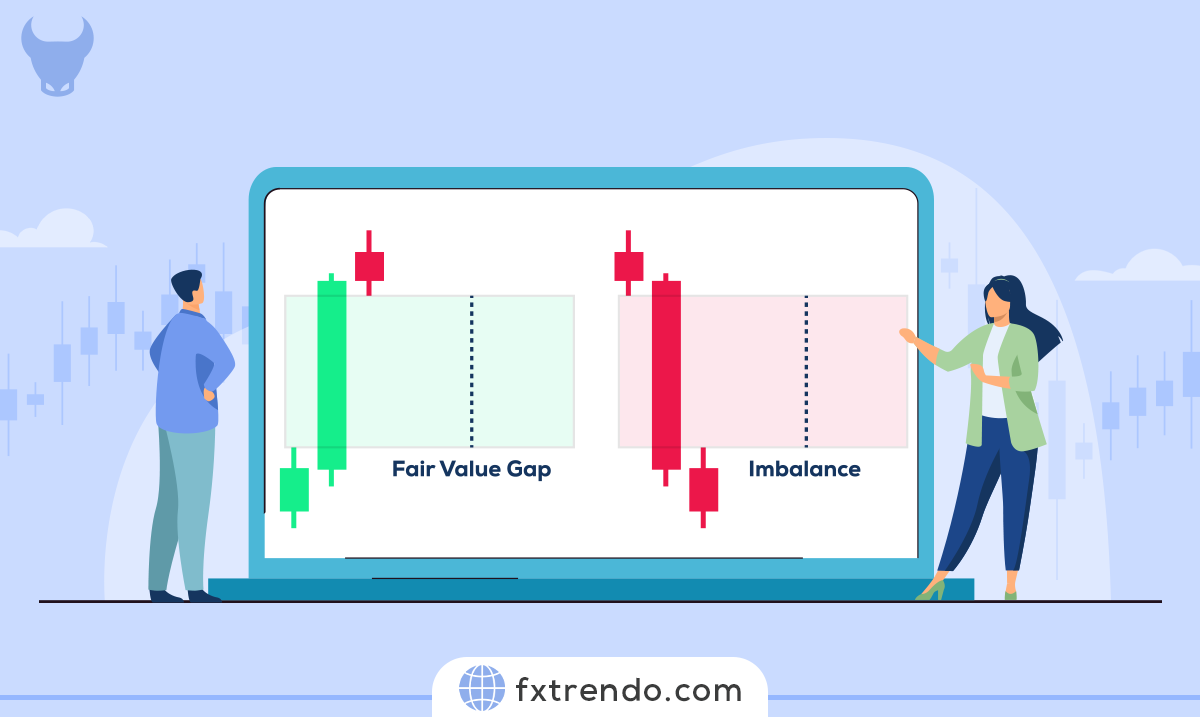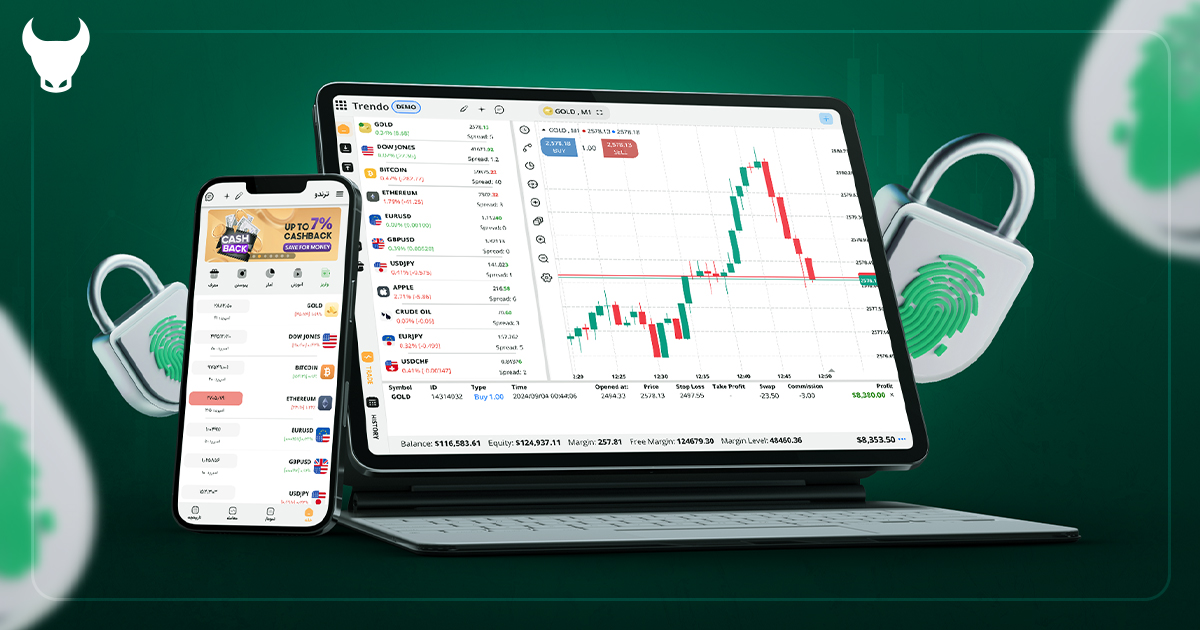What is the dollar index (DXY)? Why Is The Dollar Index Important For Trading?


The US Dollar Index (DXY) is a live measure of the US dollar's performance against a basket of other currencies. This measure is a common way to track the value of the world's most traded currency and is also a key market.
Contents
What is DXY?
DXY is the symbol for the US dollar index, which tracks the US dollar price against six foreign currencies and aims to represent the US dollar's value in global markets. This index increases when the dollar strengthens against other currencies and decreases when the dollar weakens.
The Dollar Index compares the US dollar's price against six other currencies: Euro, the Japanese yen, the British pound, the Canadian dollar, the Swedish krona, and the Swiss franc. These currencies were selected when this index was formed in 1974.
Since then, there has been only one change in the index currencies: in 1999, when the Euro replaced a group of European currencies. These currencies included Deutsche Mark, French Franc, Italian Lira, etc.
How To Calculate The Dollar Index
To calculate the dollar index, you multiply the rate of each currency in the basket by its weight. The weightings ensure that important currencies - such as the Euro - affect the price of DXY more than less significant currencies like the Krone.
Nowadays, the weights used to calculate the dollar index are:
- EUR/USD - 57%
- USD/JPY - 13.6%
- GBP/USD - 11.9%
- USD/CAD - 9.1%
- USD/SEK - 4.2%
- USD/CHF - 3.6%
As you can see, the EUR/USD is by far the most influential currency pair involved in the DXY calculation, with a greater weight than the total weight of other currencies. That shows that the currency has replaced several different European currencies and reflects the EU's status as a key trading partner of the United States.


The US Dollar Index History
DXY was launched in 1973 after the end of the Bretton Woods agreement. The central bank agreement smoothed monetary policy relations between independent countries and established commercial and financial relations between the United States, Canada, Western European countries, and Australia.
The end of the gold standard era came, shortly after the Bretton Woods agreement ended, which tied the dollar's value directly to the precious metal. The dollar index provided a way for markets to determine the global reserve currency's value. The Intercontinental Exchange (ICE) has managed the index since 1985.
The US Dollar Index Historical Ceiling & Floor
The DXY has traded widely throughout its history and, unlike other indices, has not been generally bullish since its inception. It reached an all-time high of 164.63 in March 1985. The lowest record is much more recent and occurred in April 2008 at the beginning of the financial crisis, and this index reached 70.63. Since the index starts at 100, a glance will tell you if the US dollar is more powerful now than in 1974.


What Causes The US Dollar Index Price Movement?
The price of DXY is affected by macroeconomic events, data such as GDP, each country's economic health, and each central bank's financial and monetary policies. Another factor affecting the US dollar index price is safe inflows. If traders view the US dollar as a store of value amid global economic crises, the index could be bullish during periods of uncertainty. The index could fall if risk-on sentiment prevails and investors sell the dollar and move into riskier assets.
Why Is The US Dollar Index Important For Traders?
The US dollar index is significant to traders both as a market and as an indicator of the US dollar's relative strength worldwide. It can be used in technical analysis to confirm trends related to the following markets:
- The price of the goods in US dollars
- Currency pairs that include the US dollar
- Stocks and indices
As the dollar's value increases, the commodities' price, such as gold (at least nominally), decreases and vice versa. On the other hand, if the dollar is the base currency, such as USD/JPY, the currency pairs usually move in the same direction as the dollar index, but if it is the quote currency, such as EUR/USD, they are opposite to each other (although these "rules" are not always correct). For stocks and indices, the relationship is more complicated. US exporters have generally found that when the dollar is strong, their exports become less competitive internationally, and vice versa. On the other hand, stocks rely heavily on raw materials, energy, or imported goods to generate income. If the US dollar's purchasing power declines, it will cost more for manufacturers to buy goods, which will put pressure on their profit margins and ultimately, their total revenue. Also, when the desire to buy stocks in the American stock market increases globally, investors must get US dollars to buy the stocks they want. Therefore, the demand for the US dollar will increase, and its value will certainly rise. This relationship between symbols is called currency correlation, click here to learn more about currency correlation in forex.
Summary
The US Dollar Index (DXY) is a relative measure of the US Dollar's strength (USD) against a basket of six major currencies including the Euro, Pound, Yen, Canadian Dollar, Swedish Krona, and Swiss Franc. This index was created in 1973 but is still useful today and can be used as the US economy's health indicator.
پست مرتبط
پربازدیدترین ها
0




















